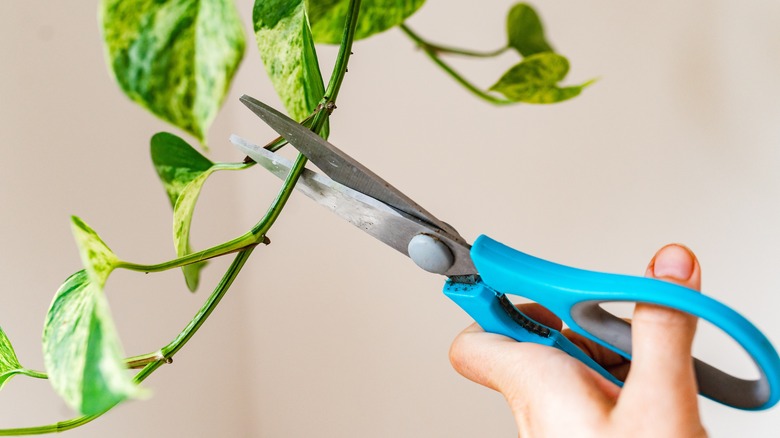Garden Trees, Shrubs & Vines
Claire Dangalan
Indoor gardening is a delightful hobby and a wonderful way to add color and life to your living space. However, the beauty you enjoy can quickly turn into a chaotic wilderness if your plants grow too long or become leggy. So yes, indoor plants can become too long, and this phenomenon is often the result of common pitfalls, such as not providing them with enough light. When we bring plants into our homes, it’s ideal to recreate their outdoor conditions as closely as possible. Without enough light, they are forced to stretch towards the source, leading to overly long, weak stems with fewer leaves — a state known as etiolation.
Another contributing factor to legginess in plants is overly rich soil or too much fertilizer. It may sound counterintuitive, but too many nutrients can cause a plant to grow too quickly, resulting in long, weak growth instead of sturdy, compact foliage. It’s also essential to understand that each plant species has a different requirement for light, water, and nutrients. Hence, generalizing care instructions can sometimes lead to unhealthy outcomes, such as spindly or leggy plants.
Tips to prevent legginess in plants

Jus_Ol/Shutterstock
Now that you know why plants can grow too long, let’s focus on how to prevent this. Firstly, ensure your plants have access to adequate light. This doesn’t necessarily mean direct sunlight, which can scorch some indoor plants. Indirect, bright light is usually the best for most indoor plant species. If you can’t provide natural light, consider investing in plant-friendly LEDs. They can supply the necessary wavelengths of light that plants need for photosynthesis.
Regular pruning is another excellent preventive measure. Pruning encourages thicker growth by prompting the plant to grow two new leaf stems each time one is cut above the node. That said, always use clean, sharp pruning shears to prevent disease transmission — a little added volume probably isn’t worth losing most of your plant to white mold.
Although tempting, avoid overfertilizing your soil. Always consider each plant’s species-specific attributes and care requirements to ensure you’re providing the optimal amount of nitrogen and other nutrients. Different types of plants have distinct growth patterns and water requirements as well. Some species naturally tend to be long and vine-like, while others grow more compactly. Researching and understanding the needs of the types of plants you’re growing will guide your care practices and help prevent unhealthy growth. By taking a few simple steps, you can ensure your indoor garden remains a lush, controlled oasis rather than an unruly jungle.

